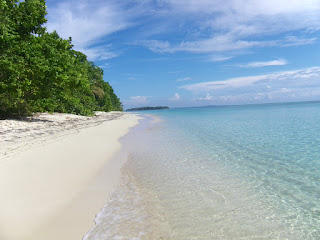Since the perilous days of the 80s and 90s, Colombia has been reformed into what is now a different and safer country from what it once was. Tourism is just beginning to pick up, as police and military presence is better felt. The days of the violent drug wars are subsiding, leaving a country in the process of repair. However, the earlier days some 20-30 years back are also what gave Colombia some flavour and its remnants are still seen and witnessed throughout in major cities.
Beginning with Medellín, dwelling place of the fabled Pablo Escobar, when his drug cartels were a pivotal part of society. The city has much to offer, and is set to expand in the next decade, a new clean cut look with the architecture of old set amidst a culture of salsa. Many still knock on the walls of any and all buildings to check if the hoarded drug money of Escobar actually exists.
Next, Bogota, the huge capital, a sprawling urban city, alive with art and commerce. A city jam-packed with residents, and brewing in modernity, it maintains the Colombian flavour and lifestyle. It is the gateway to the rest of the country, making available the coasts and jungle.
Cartagena will always embody the ideal Colombian city. Its preserved architecture remains, including the city walls and fort that once warded off pirates. A romantic town, with horse and carriage still clicking up and down old town, Cartagena also offers a commercial sector with buildings reaching up to the sky.
The descriptions are of course inadequate, both because the writer doesn't know enough about the said cities and words are never sufficient to describe the 5 senses that one can absorb a city with. Thus, to add to the experience, a few pictures.
Medellin

Bogota

Cartagena























